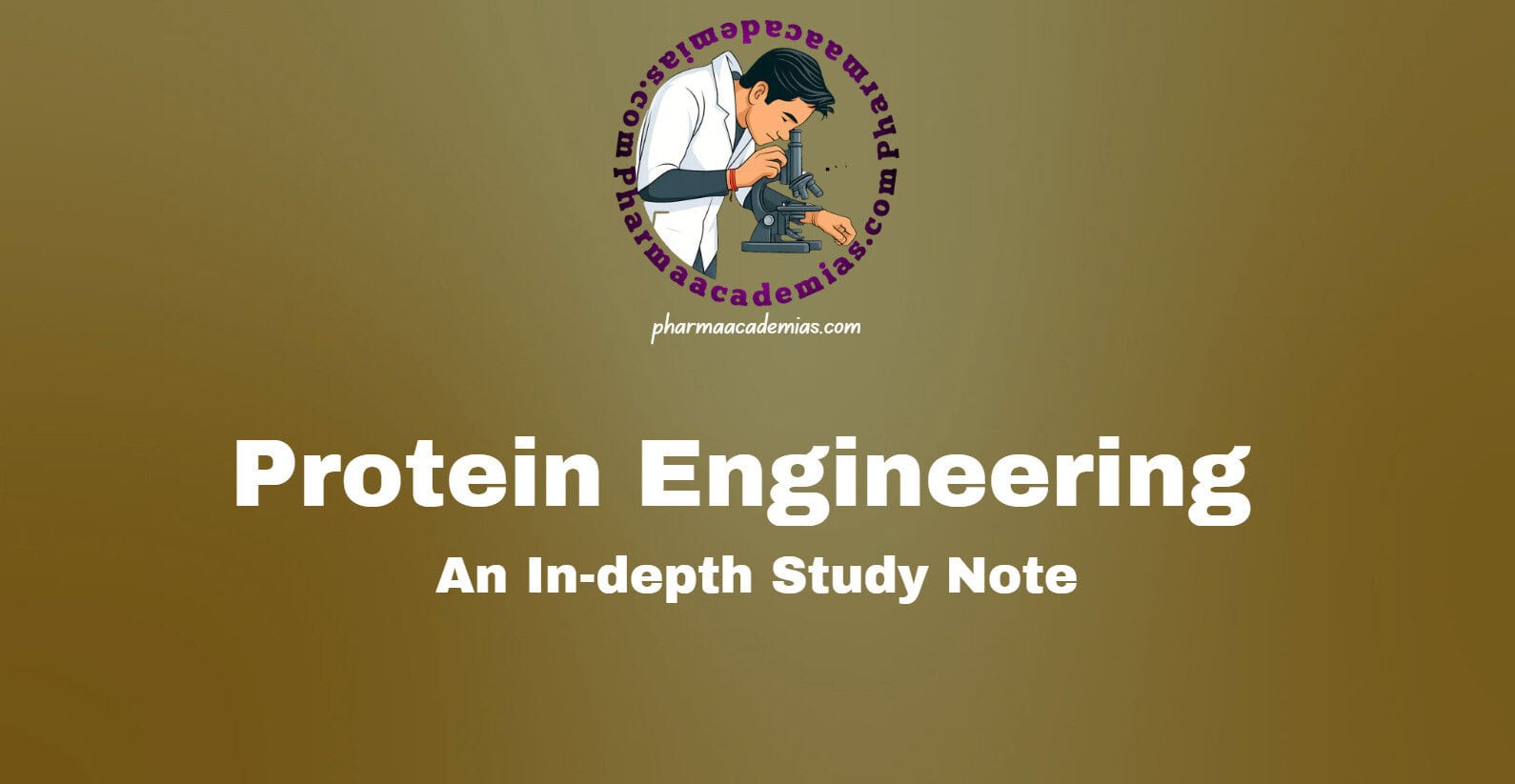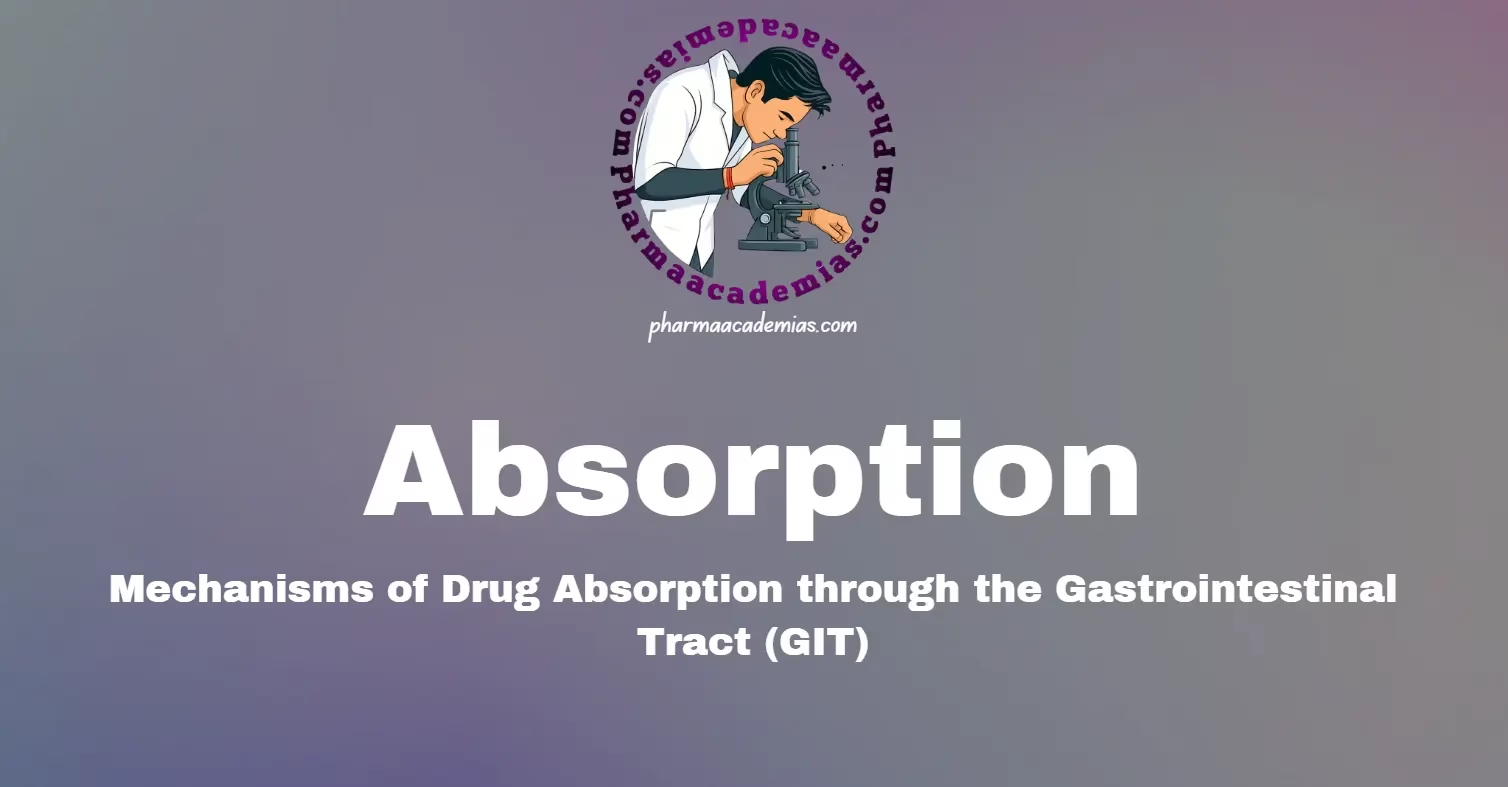Basic Principles of Genetic Engineering
Basic Principles of Genetic Engineering: Genetic engineering is a branch of biotechnology that involves the direct manipulation of an organism’s genetic material (DNA) to alter its characteristics in a specific way. It allows scientists to isolate, modify, and insert genes into organisms to produce desired traits or products. This technology is widely applied in agriculture, … Read more










